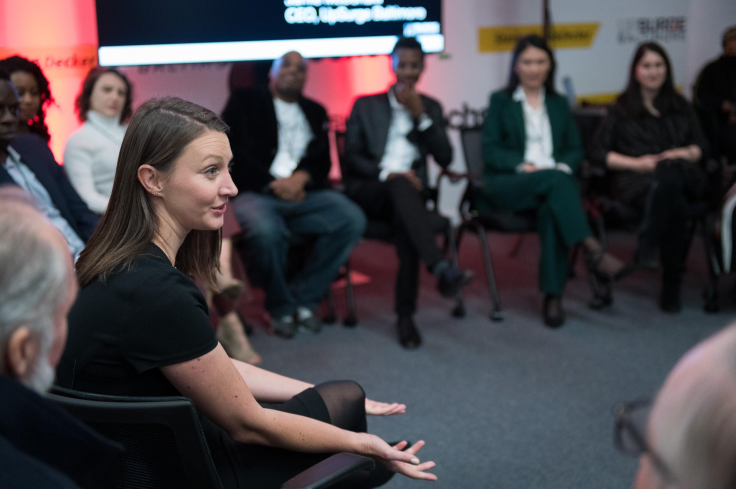Diversity Without Inclusion: Why So Many Companies Get Their DEI Strategy Wrong, and How Aleria Can Help
As the co-founder and CEO of Aleria, Lisa Russell helps companies learn how to effectively measure and improve their DEI strategies every day. So, when you ask her for the biggest obstacles facing businesses employing DEI initiatives in the workplace, she will quickly offer not only the problem, but the solution.

For many companies, their first step is to increase the diversity of their team. But as Russell explains, without systemic changes within the company itself, diversity initiatives have limited impact. Even worse, diversity statistics are often manipulated to hit certain goals without the mechanisms to authentically increase inclusion.
"Often leaders will say that they want to increase diversity, but how they go about it matters," Russell says. "Many organizations, as an example, increase diversity by adjusting their recruiting processes. We'll see them expand their recruiting pool, maybe they recruit from an HBCU for the first time, but when you look closely, they are only increasing the diversity of their team across entry level positions."
Although this strategy will satisfy the stated goal of increasing diversity at the company, Russell says, it does nothing to change the culture of inclusion in the workplace. Organizations often hire for diversity but do not have systems in place to support new employees from underrepresented groups or provide opportunities for them to move up in the company. As a result, turnover increases.
"The lack of diversity across an organization is problematic," Russell says. "Companies aren't providing all employees with the same level of access, compensation, or learning opportunities. Combine this with the fact that some employees don't feel represented by the leadership team, aren't provided mentorship and, as a result, lack visibility into their own potential career path."
With Aleria, Russell and her team help organizations transform their workplace with DEI initiatives that work. Rather than focusing strictly on representation metrics, the team at Aleria teaches corporate leaders to build systems that promote inclusion at all levels of the business. When this is successfully employed, Russell says, the diversity numbers should follow.
"As we tell our clients, diversity is a lagging measure of inclusion," Russell says. "Diversity metrics change slowly. The numbers can only change as employees leave or join the team. But while you're working to recruit a diverse workforce, so much can be done to improve the sense of inclusion within your organization and, as a result, you're also improving employee satisfaction and retention."
Using their groundbreaking "Categories of Inclusion" framework Aleria helps companies effectively measure their inclusion efforts and design better systems that will yield quantifiable results. Whether a company is using diversity metrics or employee engagement scores, they often encounter limitations that prevent leadership from making meaningful changes. Leveraging Aleria's technology, business leaders now possess clear, actionable data that empowers more effective and strategic decision making.
"When we look at a business through our Categories of Inclusion framework, we see all of these opportunities for the organization to specifically adjust what's happening on a day-to-day basis," Russell says. "What is different here is that by focusing on the actual experiences of people, and understanding what should exist in an organization for it to be considered inclusive, we can help you really focus your efforts on impact."
Although many organizations want to improve their corporate DEI, many focus on the wrong metrics – limiting their ability to make meaningful change. With Aleria, they now have the tools they need to not only improve diversity statistics, but to create a truly inclusive workplace.











